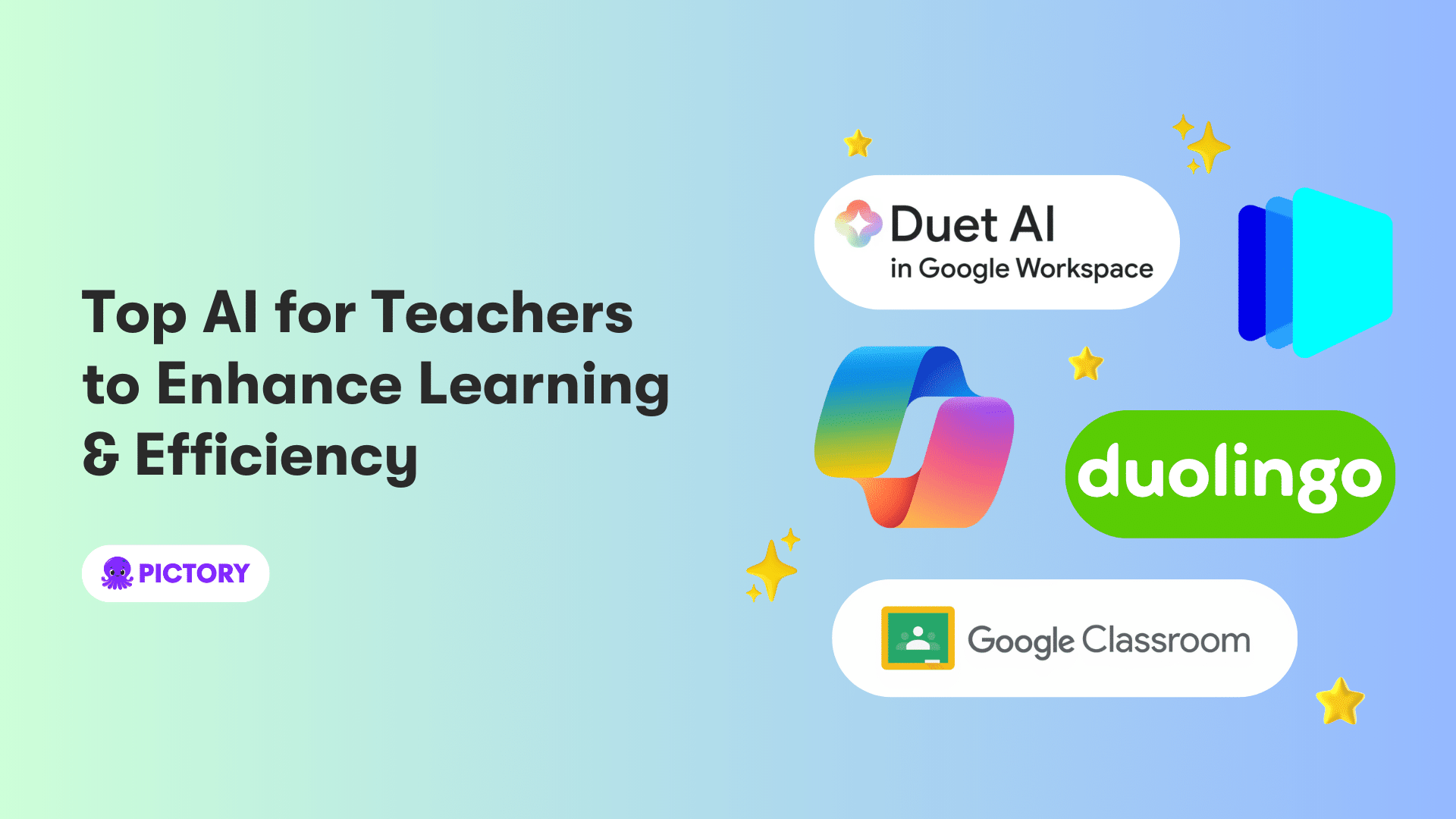As educators seek innovative ways to enhance learning and administrative efficiency, AI has emerged as a powerful ally.
This article examines how AI for teachers is shaping the future of education by providing personalized learner support and streamlined classroom operations.
Key Takeaways
AI enhances personalized learning experiences, efficiently handles administrative tasks to save educators time, and provides real-time feedback to students, thereby revolutionizing education and accommodating individual student needs.
The introduction of AI tools such as presentation makers, virtual teaching assistants, and adaptive learning platforms is transforming teaching methodologies by making educational resources more engaging, customized, and effective.
Ethical considerations must be a priority when adopting AI in education, with an emphasis on student data privacy, academic integrity, and maintaining the value of human interaction within the learning process.
Embracing AI in the Classroom: The Benefits
The advent of AI in the classroom has been nothing short of a paradigm shift. We’ve experienced how these tools not only engage students but create dynamic learning environments that cater to individual needs.
The transition from traditional teaching methods to AI-enhanced strategies has marked a new era in education—one where personalized learning experiences, streamlined administrative tasks, and instantaneous feedback are becoming the new norm.
Teachers are now armed with powerful tools that augment their instruction, enabling them to focus on what truly matters—fostering the intellectual and emotional growth of their students.
Integration of AI into classrooms not only enhances student learning experiences but also streamlines our workflows. Personalized learning experiences, administrative assistance saving time, and real-time student feedback are the cornerstone of this technological revolution in education, all thanks to AI. Exploring each of these aspects will help us comprehend their transformative impact on our educational practices.
Personalized Learning Experiences
Artificial intelligence is distinguished in education by its ability to customize learning for each student. Picture a classroom where every pupil has a personalized AI tutor at their disposal, one that adapts lesson plans to accommodate different languages and grade levels.
This AI-powered customization is driven by data analysis, which discerns patterns in student performance, allowing for the creation of interactive, adaptive learning resources that keep students engaged. The result is a classroom where educational content is not one-size-fits-all but a dynamic, living entity that evolves with the learners’ needs and abilities, thanks to the use of an AI tool.
Special education, in particular, has been revolutionized by AI’s capacity for personalization. Tools that support speech and language therapy, behavioral therapy, and even physical therapy have emerged, providing students with the specialized attention they require. Furthermore, the technology extends equitable education access to speech-impaired students through personalized exercises and assists visually impaired students, ensuring that no learner is left behind.
These interactive lessons and customized learning experiences underscore the potential of AI to make education a truly inclusive endeavor.
Time-Saving Administrative Assistance
Besides improving the learning experience, AI has demonstrated its indispensability as an ally in handling the administrative aspects of teaching. We’ve seen a significant reduction in the time we spend on routine tasks such as grading and administrative work, thanks to AI-powered tools.
These virtual assistants not only help us create interactive lessons but also generate quizzes, providing us with more time to engage with our students directly—a shift that has had a profound impact on both teaching quality and student outcomes.
This time-saving assistance has profound far-reaching effects. By offloading some of the workload, AI enables us to concentrate on the human aspects of education—interaction, empathy, and motivation. It’s a change that has laid the groundwork for a more focused and personalized approach to student engagement, with educators able to devote more energy to:
fostering learning
building relationships with students
creating engaging and interactive lessons
facilitating discussions and collaboration
Real-Time Feedback for Students
AI assessment tools’ immediate feedback is crucial in swiftly helping students identify their areas for improvement, thereby fostering a growth mindset and a culture of ongoing improvement. Imagine a student puzzled by a complex math problem or a language learner struggling with a new vocabulary word; AI can provide contextual answers and real-time feedback, illuminating the path forward.
In language learning, for instance, Duolingo Max uses generative AI to give feedback on pronunciation and fluency, exemplifying how personalized ai tutors can facilitate learning journeys in real-time.
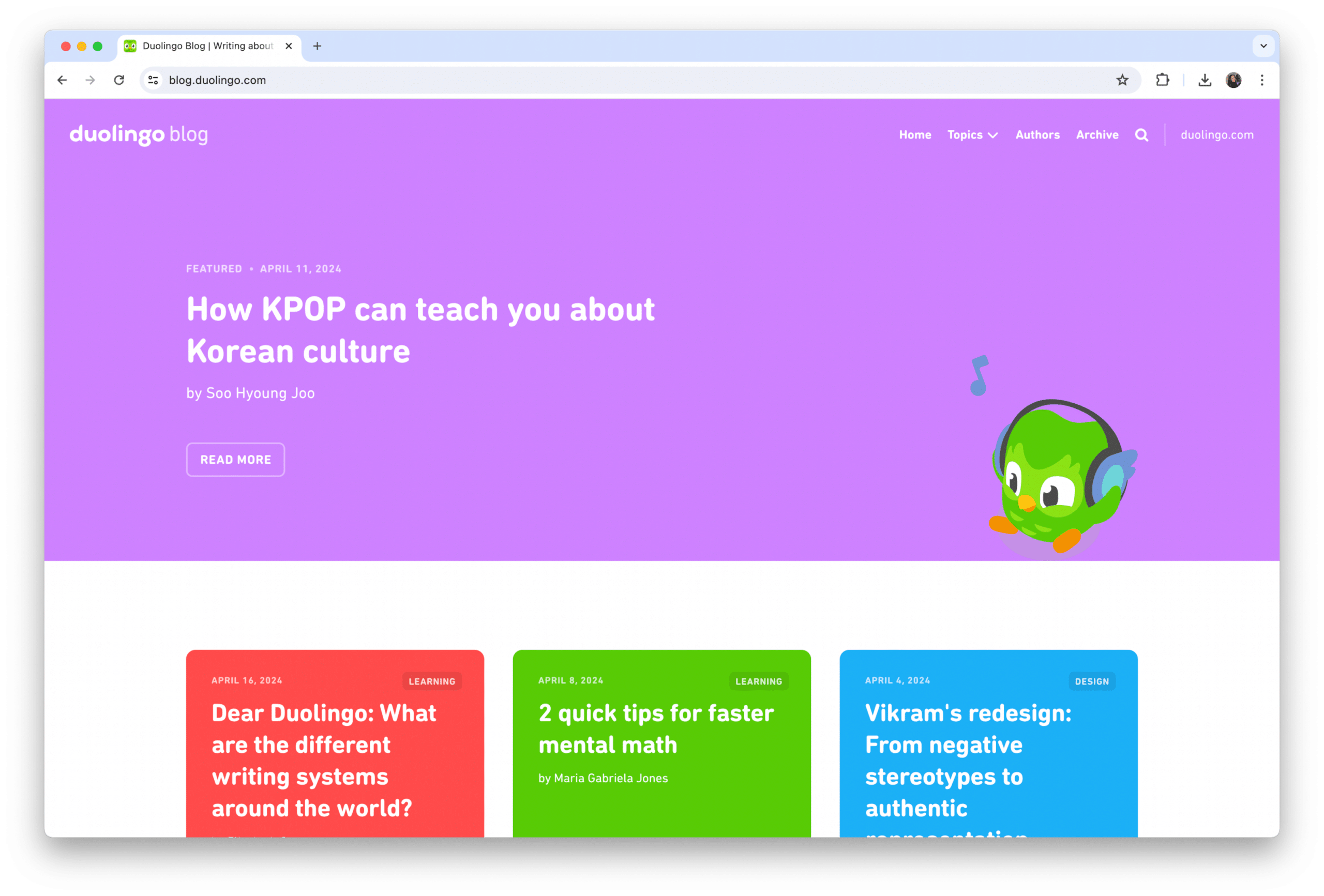
This capability for instant feedback is transformative, empowering students to take control of their learning process. They no longer have to wait for the next class or office hours to understand their mistakes—help is immediately at hand, allowing for quicker course corrections and a more responsive educational experience. It’s a level of interactivity and immediacy that was once unimaginable in the classroom.
Top AI Tools Transforming Teaching
In the ever-evolving landscape of education, a suite of AI tools, including generative AI tools, stands out, each transforming teaching in its own unique way. These tools include:
AI presentation makers that craft visually engaging lessons
Virtual teaching assistants that facilitate lesson planning
Adaptive learning platforms that tailor content to each student’s pace and ability
These tools represent a leap forward in making educational resources more efficient and effective.
While exploring these innovative tools, recognizing their collective contribution to the educational revolution is vital. They are not just gadgets or novelties but pivotal elements in the quest to engage students and enhance learning. We should consider how each tool shapes the future of teaching.
AI Presentation Makers
The days of laboring over slide decks and visual aids are numbered, thanks to AI presentation makers. These tools not only simplify the creation of interactive lessons but also ensure that presentations are visually captivating and pedagogically sound.
With platforms like SlideSpeak.co, SlidesAI, and Tome at our disposal, we can transform documents and text into intriguing presentations, fostering deeper student engagement and understanding.
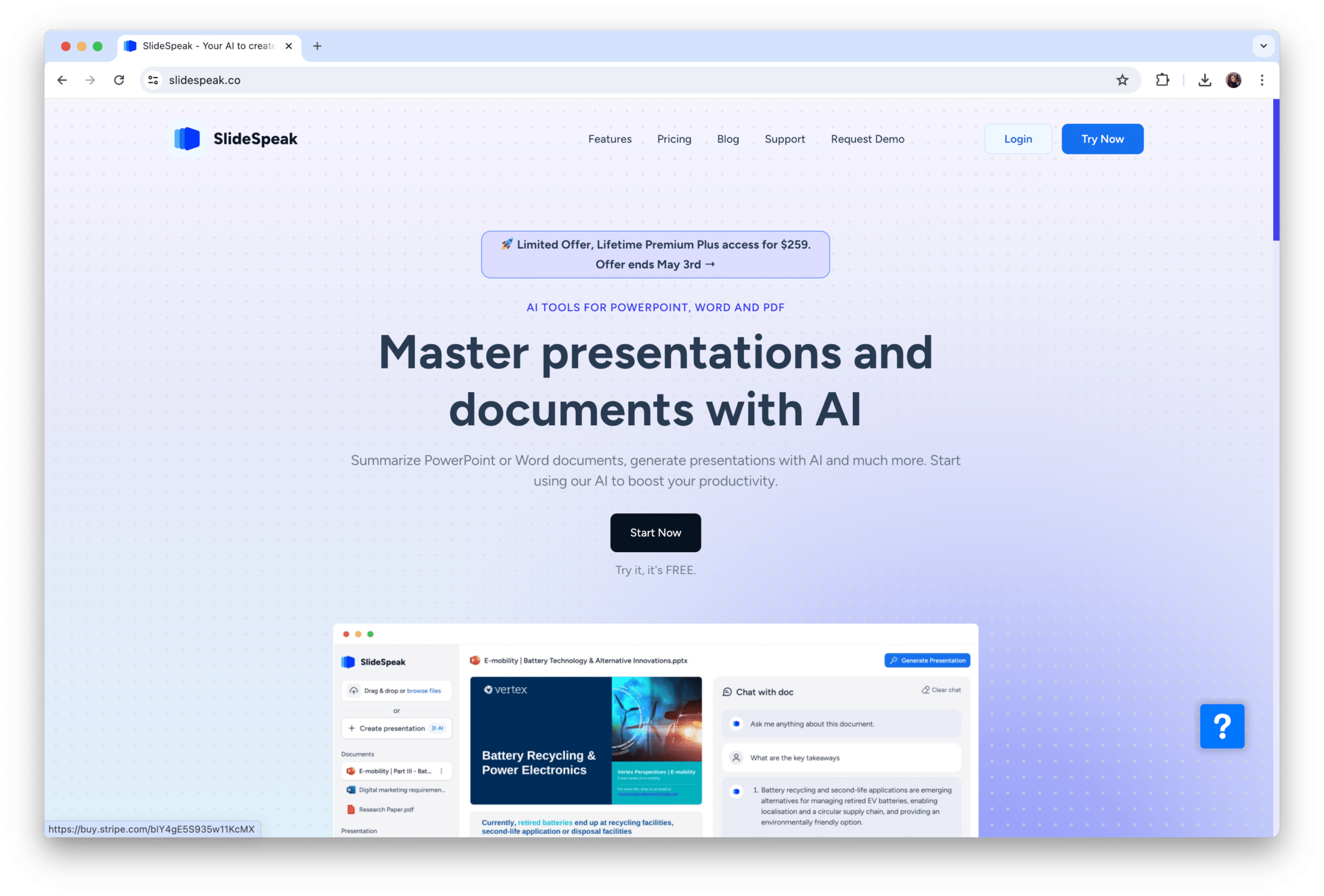
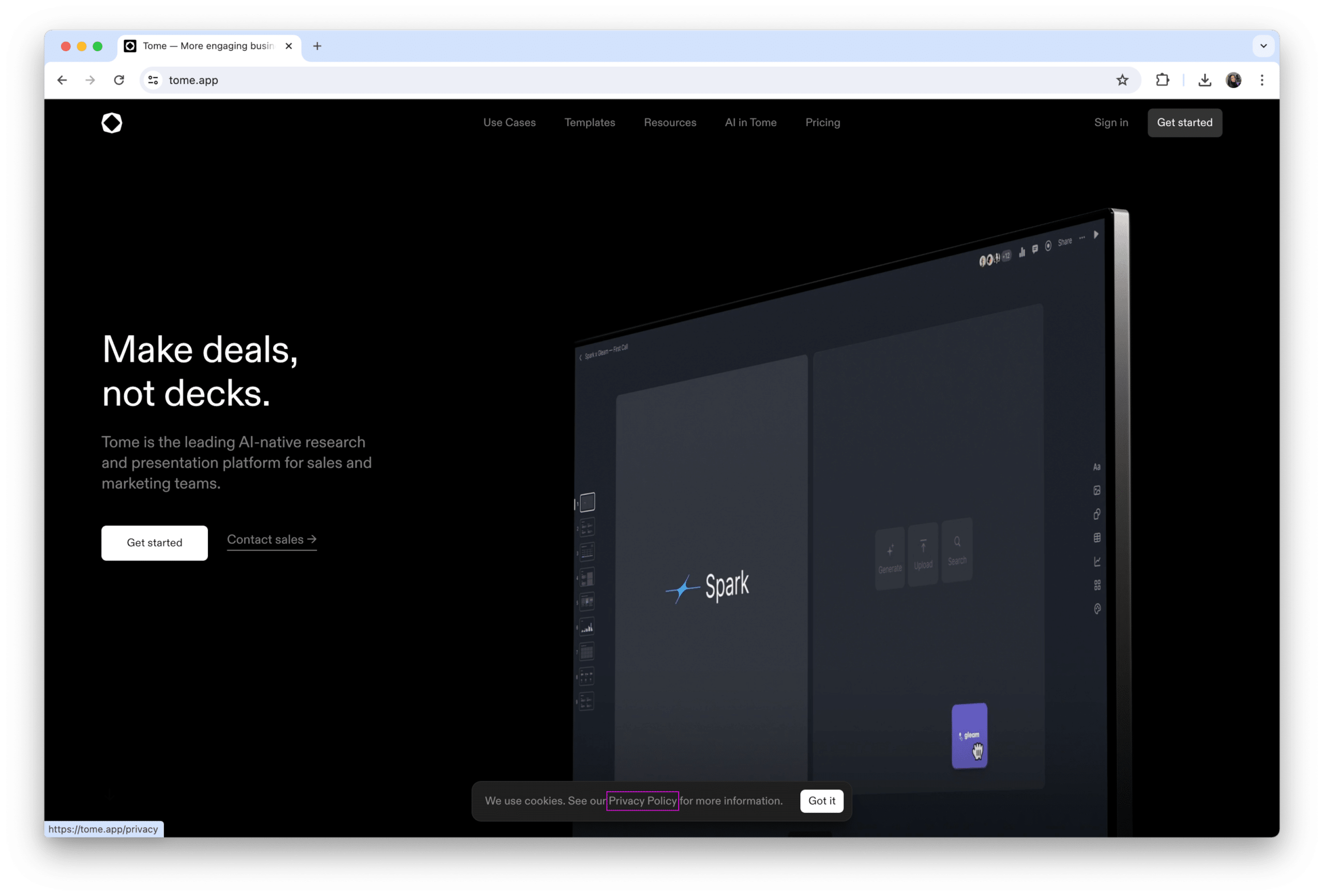
Moreover, the integration with widely-used productivity suites by tools like Microsoft Office Copilot and Google Duet has made AI presentation creation accessible and user-friendly for educators around the globe.
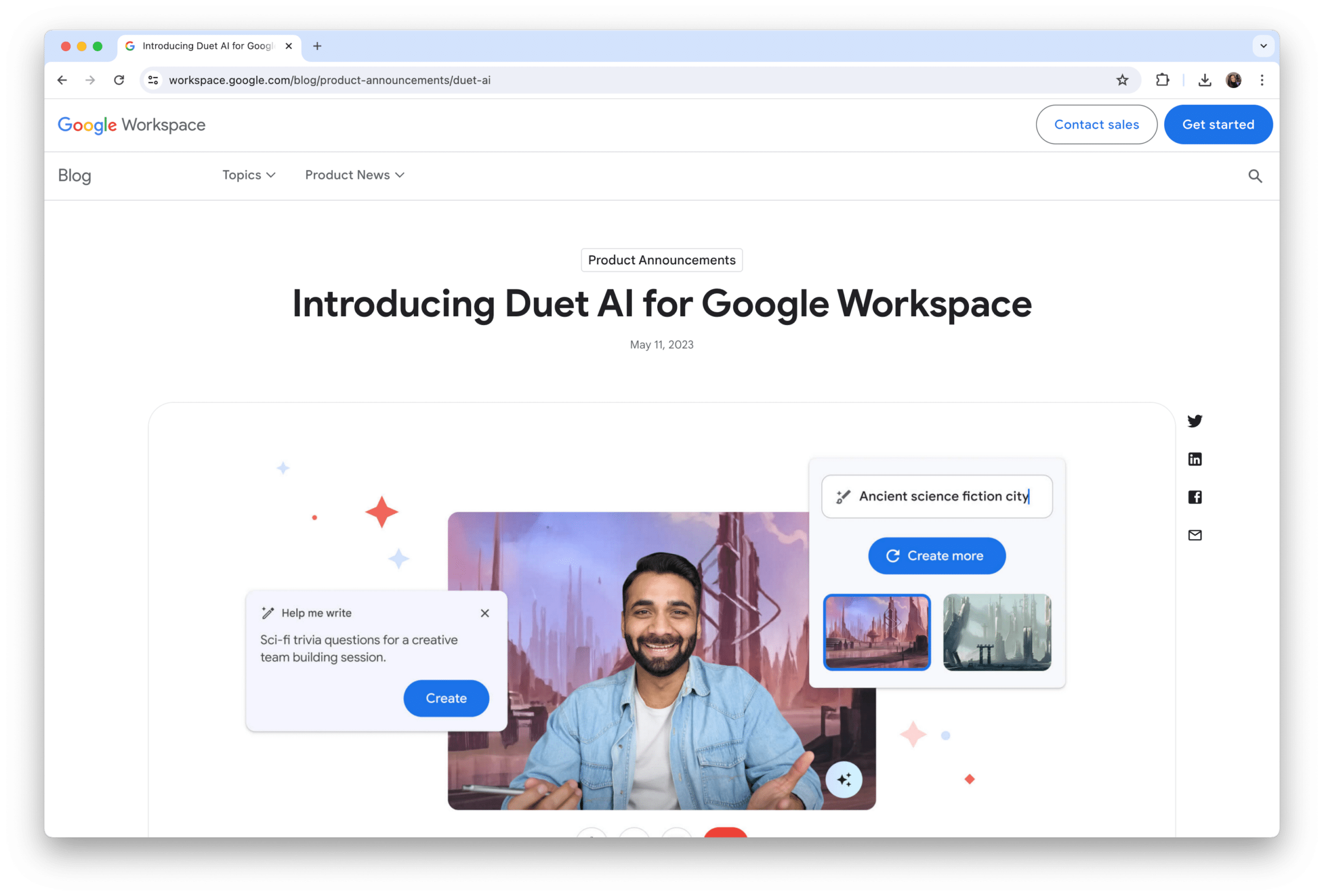
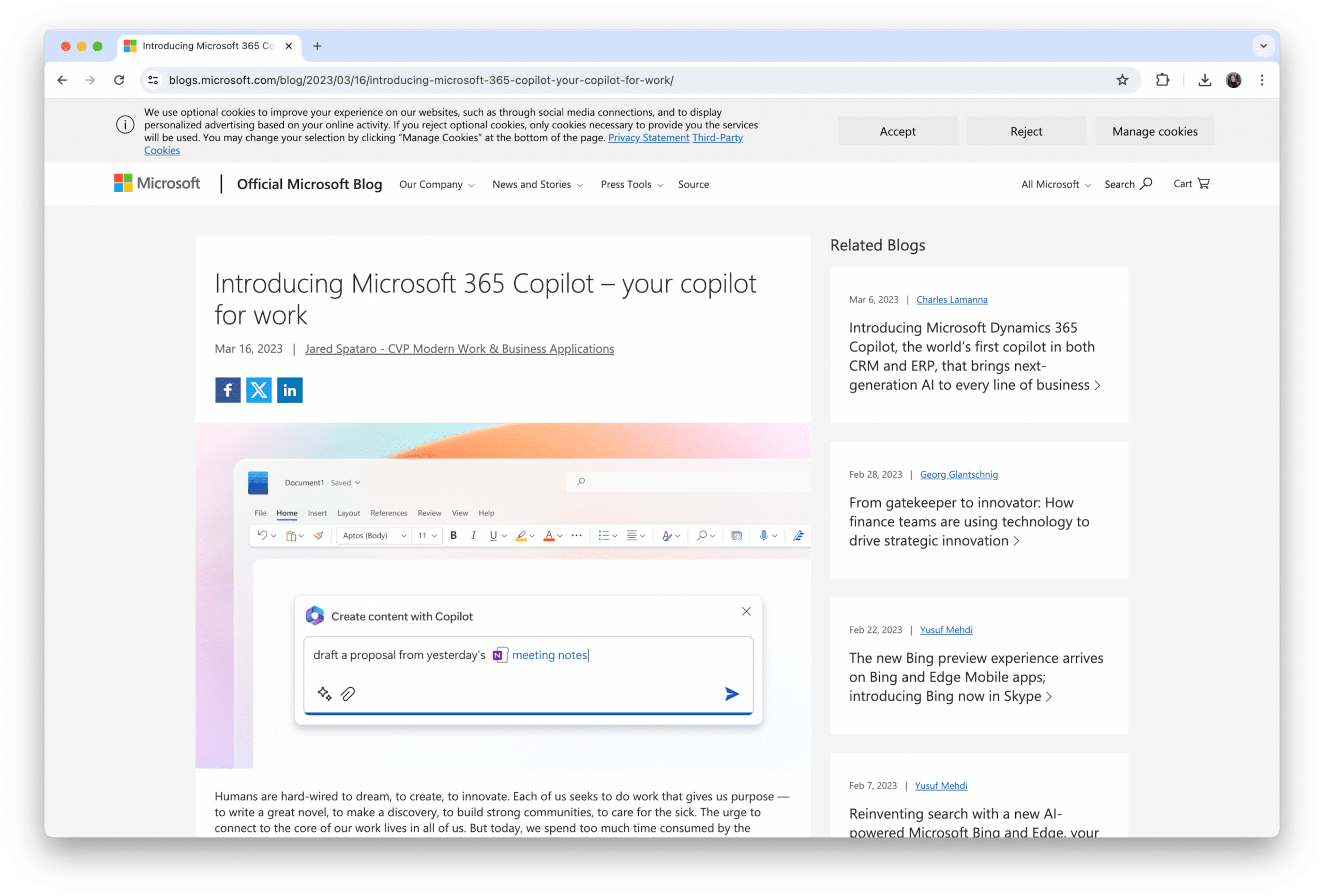
With the help of an AI presentation maker, this seamless integration enables educators to focus on content rather than the technicalities of presentation design, making the preparation of educational materials both efficient and enjoyable.
Virtual Teaching Assistants
Virtual teaching assistants are redefining the concept of lesson planning and classroom management. By automating the generation of lesson plans and quizzes, these AI-powered assistants are freeing up precious time for teachers to engage in meaningful interactions with their students and create lessons tailored to their needs. Sarah, for example, stands out as an assistant that understands speech, provides answers, and interacts in multiple languages, showcasing the versatility of AI in the educational setting.
The capabilities of virtual teaching assistants include:
Content generation
Controlling classroom hardware through voice commands
Feedback bots
Assessment builders
These tools streamline classroom processes, allowing teachers to focus on the nuances of teaching that truly make a difference.
Adaptive Learning Platforms
Adaptive learning platforms stand at the forefront of personalized education, adjusting the difficulty and pacing of content to match individual student progress. These platforms harness machine learning algorithms to tailor educational material delivery based on real-time student performance, ensuring each learner is challenged at the right level through customized lessons.
Renowned platforms like Khan Academy and Duolingo epitomize this approach, with their AI systems offering tailored recommendations and adjustments that cater to the unique needs of each student.
Quizizz takes this a step further by contextualizing questions within real-world scenarios and adjusting question difficulty accordingly, presenting an excellent example of how adaptive learning can be both dynamic and relevant. These platforms not only personalize the learning experience but also make it more engaging and connected to the world outside the classroom.
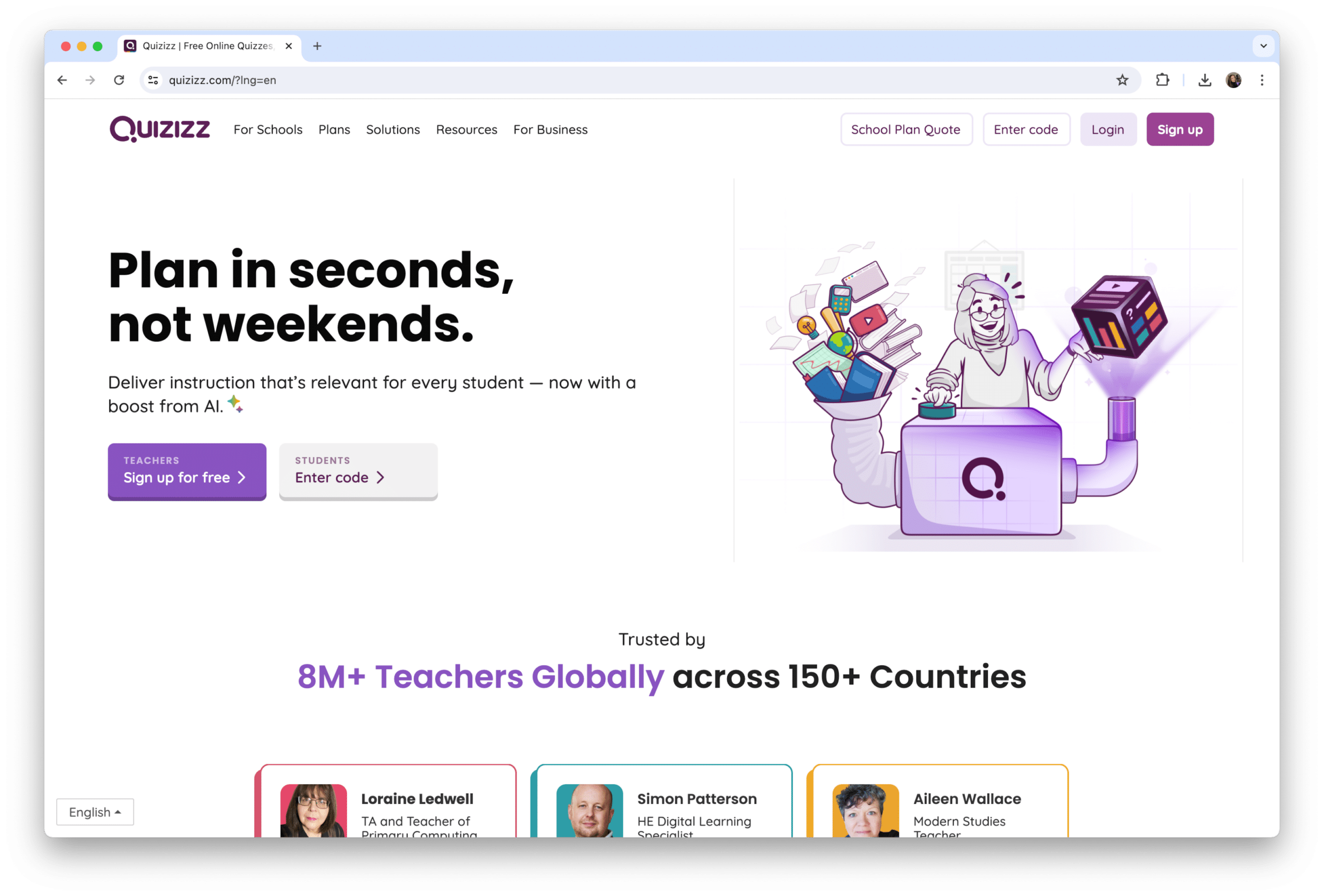
Ethical Considerations for AI in Education
While taking advantage of AI in education, it is imperative to address the ethical considerations associated with its use. The deployment of AI tools in the classroom comes with potential risks, including algorithmic bias, privacy concerns, and the impact on human interaction. To navigate these complexities, educators and schools must become knowledgeable about AI and its implications, ensuring that they can apply these tools responsibly and in line with professional development plans.
This section will delve into the major ethical concerns that should be prioritized when integrating AI into educational practices. From safeguarding student data to ensuring originality in student work and maintaining the value of human connections, these considerations are crucial in responsible AI adoption.
Data Privacy and Security
In an era where data is king, the security and privacy of student information cannot be overstated. As educators, we must ensure that the AI tools we use comply with privacy laws and feature robust data security to protect our students’ sensitive information.
Legislation such as COPPA and California’s AB 1584 provide a framework for handling student data, emphasizing the need for parental consent and clear data usage guidelines.
However, the challenge extends beyond legal compliance. With the rapid integration of AI in educational technology, we must be vigilant to prevent any breaches of student privacy. A data management plan is essential, detailing access permissions, data retention duration, and secure deletion protocols.
Moreover, we have a responsibility to educate our students about the importance of data privacy, equipping them with the skills to protect their personal information.
Plagiarism Prevention
The integrity of academic work is foundational to the educational process, and AI has a role to play in upholding this principle. AI-powered plagiarism detection tools analyze student work for originality, employing machine learning algorithms to scour text databases for similarities and paraphrased content. Nevertheless, fairness and accuracy in these tools are paramount to avoid biases and ensure that genuine student work is recognized.
While these tools are effective, educators must understand their limitations, such as the potential oversight of plagiarized content not included in the tools’ databases. The development of advanced AI algorithms that can detect nuanced patterns of plagiarism represents progress in maintaining academic integrity. As we employ these technologies, we must also encourage students to value originality and understand the ethical implications of their work.
Balancing Technology and Human Interaction
Incorporating AI into education does not mean the diminishment of human touch. On the contrary, it is imperative to maintain a balance between technology and personal interaction, ensuring that the social and emotional development of students is not overlooked. Some strategies to maintain this equilibrium include:
Group projects that encourage face-to-face collaboration among students
Technology-free zones in classrooms where students can interact without the use of devices
Incorporating activities that promote genuine connections and empathy among students
By implementing these strategies, educators can ensure that the benefits of AI in education are maximized while still prioritizing the importance of human interaction.
This balance is not just about preserving traditional teaching methods; it’s about enriching the educational experience by combining the best of both worlds. AI can support and enhance learning, while human interaction provides context, empathy, and nuanced understanding—elements that are essential for a holistic education.
Tips for Successfully Integrating AI into the Classroom
Moving towards integrating AI into the classroom necessitates thorough consideration and strategic planning. Success in this endeavor involves understanding AI’s strengths and limitations, setting clear goals for its use, and fostering an inclusive learning environment. Additionally, it is crucial for educators to encourage critical thinking about the information provided by AI and to highlight the importance of ethical behavior, such as the originality of work.
The following subsections will offer practical tips and insights from our experiences, guiding educators on effectively integrating AI into their teaching practices. The focus will be on professional development, collaborative implementation, and continuous evaluation—key factors that contribute to the successful adoption of AI in education.
Professional Development
For AI to be integrated effectively into the classroom, educators must possess a foundational understanding of the technology.
Professional development is crucial, enabling teachers to:
Navigate new tools
Evaluate their impact on teaching and learning
Engage in guided exploration
Collaborate hands-on
Access resources tailored to their content area
These strategies are proven to build teacher knowledge of AI.
Staying abreast of AI advancements is also essential. Online courses, webinars, and community resources provided by entities like ISTE and AI4ALL, as well as educational blogs and podcasts, offer a wealth of information for continuous learning. By investing in their own understanding of AI, educators can not only implement AI tools more effectively but also inspire their students to explore and learn from these technologies.
Collaborative Implementation
The implementation of AI in education is not a solo endeavor but a collaborative one. School districts play a crucial role in establishing policies for evaluating, adopting, and rolling out AI technologies. Aligning AI integration with the district’s objectives ensures that the technology supports key areas such as student learning, teacher aid, and management efficiency.
Furthermore, clear communication with parents and the broader community builds trust and understanding around the use of AI tools in schools. Transparency in technology usage and its benefits can alleviate concerns and foster a supportive environment for AI adoption, highlighting the value of a collaborative approach.
Continuous Evaluation and Improvement
AI integration into the classroom is a dynamic process that requires ongoing assessment and refinement. Stakeholder feedback, including insights from teachers, students, and parents, is invaluable in evaluating the effectiveness of AI tools.
This feedback offers a window into how AI impacts classroom dynamics and learning outcomes, and it must be systematically collected and analyzed for continuous improvement.
Adjustments based on this feedback are crucial for ensuring that AI tools not only meet their intended goals but also evolve with the changing educational landscape. Regularly revisiting and refining AI integration strategies enable educators to enhance both learning and teaching efficiency, ensuring that the use of AI remains aligned with educational best practices.
Real-World Examples of AI in Education
The influence of AI on education is best demonstrated through real-world examples that highlight its transformative potential in learning. These instances of AI in action offer a glimpse into the future of education—a future where personalized instruction, real-time support, and accessibility features are not luxuries but standard offerings.
From AI-powered language learning platforms to AI-driven homework tools and specialized support for students with disabilities, the applications of AI in education are as diverse as they are groundbreaking.
In the ensuing sections, we will delve into specific instances of AI making tangible differences in students’ educational experiences worldwide. These stories not only validate the benefits of AI but also serve as inspiration for educators looking to bring these innovations into their own classrooms.
AI-Powered Language Learning
Language learning has been reimagined through the lens of AI, with platforms like Duolingo Max leading the charge. Utilizing OpenAI’s GPT-4, Duolingo Max offers a personalized approach by adapting lessons to the user’s learning style and progress.
The platform’s features such as Explain My Answer and Roleplay enable learners to delve deeper into their language studies, providing clarifications and simulated conversation experiences that enhance the learning process.
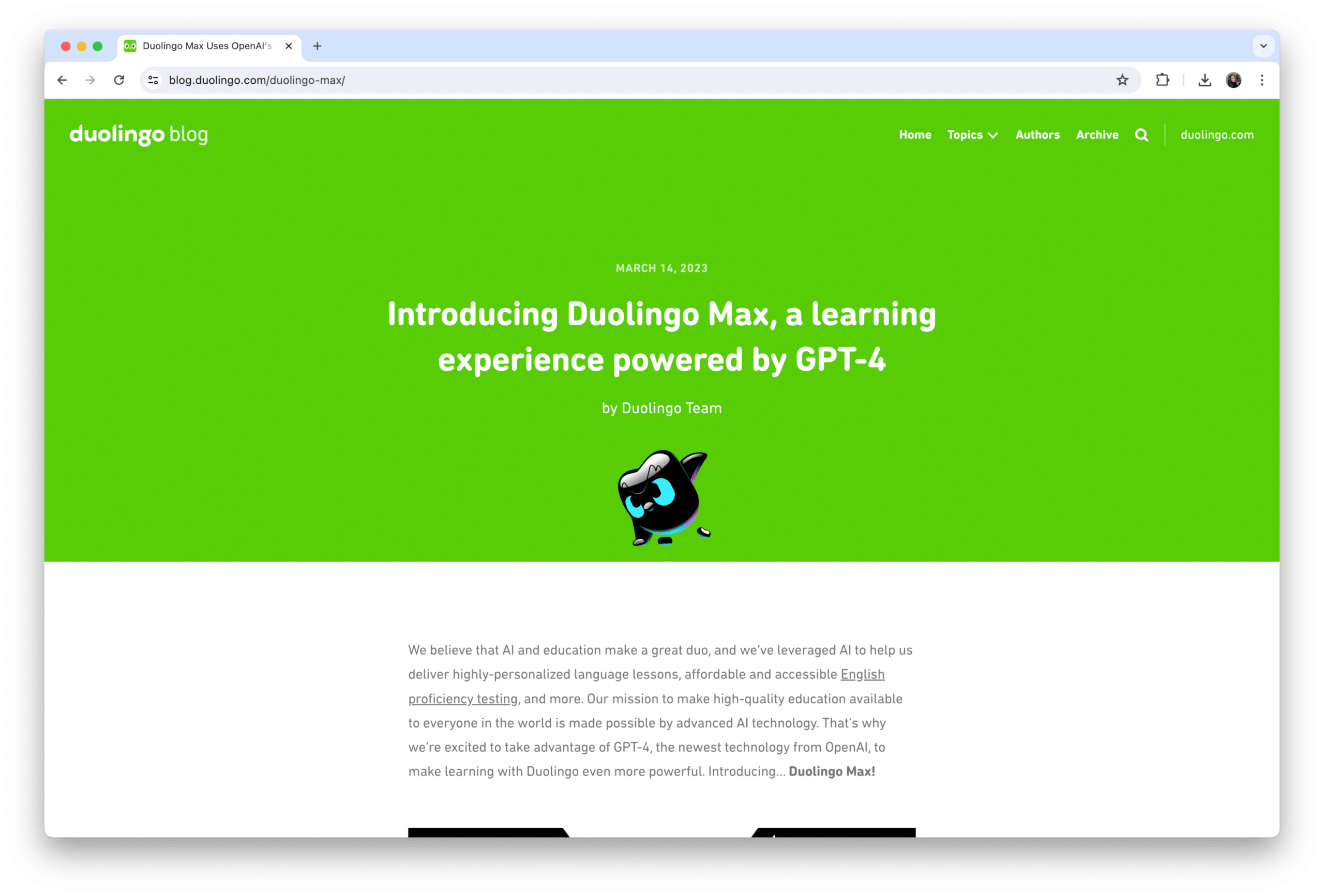
The regional and platform expansion plans of Duolingo Max demonstrate the growing demand for personalized ai tutor-led language learning experiences. These AI-powered tools are not confined to mere vocabulary and grammar drills but are evolving into sophisticated educators capable of adapting to individual learning curves and preferences, making language acquisition more engaging and effective.
AI-Driven Homework Assistance
Homework assistance has also been revolutionized by AI, with platforms like Course Hero providing comprehensive support that extends beyond simple answers. These platforms use AI to curate personalized resources, create quizzes aligned with study materials, and even connect students with expert tutors for additional support.
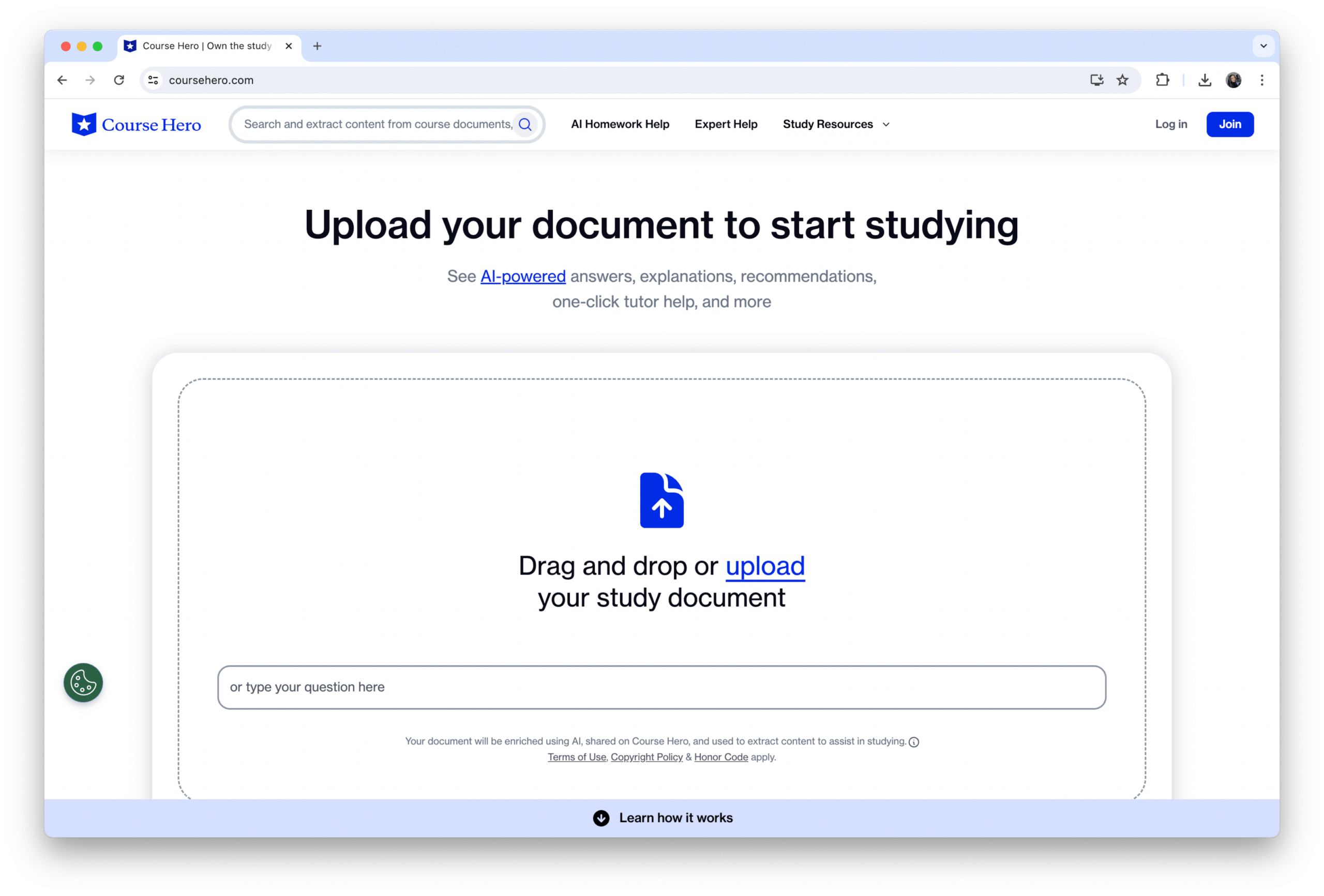
The goal is to enhance understanding and performance in academic subjects, making the process of learning more interactive and tailored to individual needs.
The implementation of AI in homework assistance demonstrates a shift towards a more supportive educational environment. Students can receive instant answers and explanations, allowing them to learn at their own pace and on their own terms. This level of personalized learning experiences is a testament to the power of AI in providing real-time, customized educational assistance.
AI-Supported Special Education
Special education is another area where AI has made significant strides, offering customized learning experiences and accessible materials for students with diverse needs. AI tools like CyMath and AudioPen facilitate personalized tutoring by adapting educational content to each student’s unique requirements. These technologies not only support academic learning but also help streamline classroom management, allowing teachers to focus more on individual student engagement and less on administrative duties.
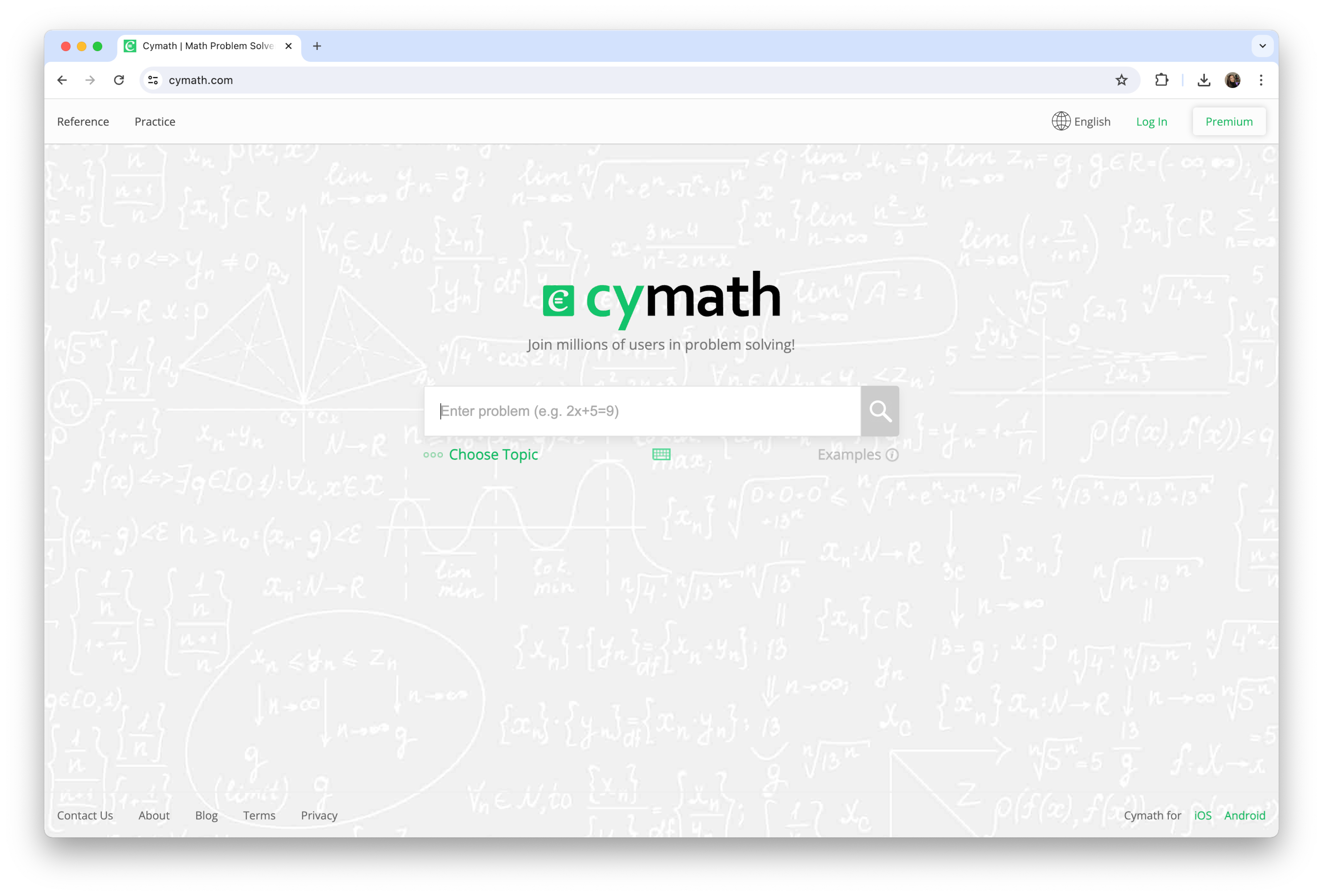
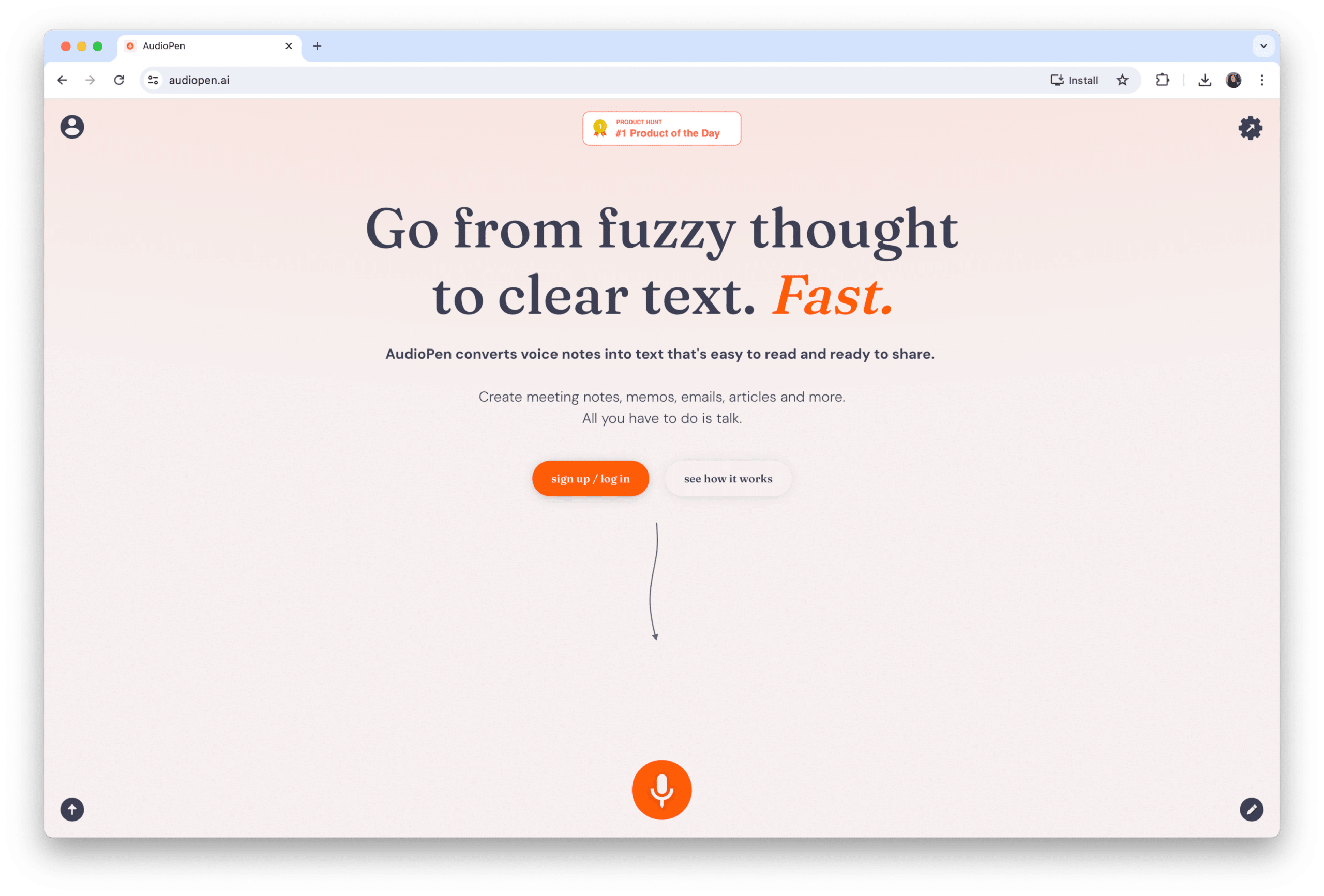
The use of AI in special education underscores the technology’s capacity to level the playing field, ensuring that all students have the opportunity to succeed. As AI continues to evolve, its role in creating an inclusive learning environment becomes ever more critical, providing educators with the tools necessary to meet the varied needs of their students.
Summary
In summary, the integration of AI in education is not a distant dream but a present reality, bringing forth personalized learning experiences, efficient administrative assistance, and immediate feedback mechanisms. The real-world examples we’ve explored demonstrate the vast potential of AI to transform education, making it more accessible, engaging, and tailored to individual student needs. As educators, we have the opportunity to harness this potential and contribute to an evolving educational paradigm that benefits all learners.
As we reflect on the journey through the AI-enhanced educational landscape, let’s embrace the change with optimism and a commitment to continuous learning. For teachers and students alike, the AI revolution in education is an invitation to explore new horizons, to innovate, and to reimagine what teaching and learning can be. Let this be our inspiration as we continue to shape the future of education.
Frequently Asked Questions
How does AI specifically cater to individual student needs in the classroom?
AI caters to individual student needs in the classroom by adapting learning materials and strategies based on student data analysis, offering personalized learning experiences tailored to each student’s learning style, performance, and language or grade level requirements.
Can AI tools replace teachers in the classroom?
No, AI tools are meant to support teachers, not replace them. They can automate administrative tasks and provide personalized support to students, freeing up teachers to focus on direct instruction and student interaction.
What are some ethical concerns regarding the use of AI in education?
Some ethical concerns regarding the use of AI in education include data privacy and security, algorithmic bias, academic integrity, and the balance between AI and human interaction for students’ social and emotional development. Striking this balance is essential for ensuring a holistic learning experience.
How can educators keep up with the advancements in AI for classroom use?
To keep up with advancements in AI for classroom use, educators can engage in professional development through online courses, webinars, and resources from educational organizations, while staying informed through blogs, podcasts, and networking with AI-specializing educators. This will help them integrate AI effectively into their teaching.
What are some examples of AI tools that support special education?
AI tools like CyMath and AudioPen provide customizable educational content and accessible learning materials for students with special needs, improving their learning experience and classroom engagement.

